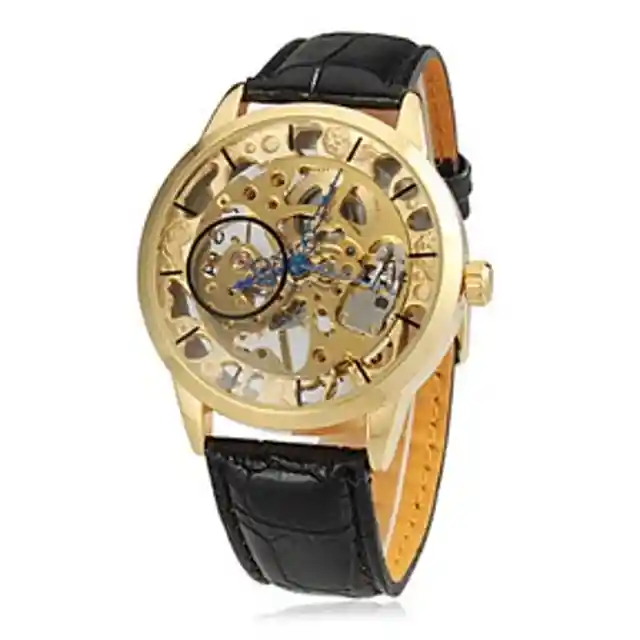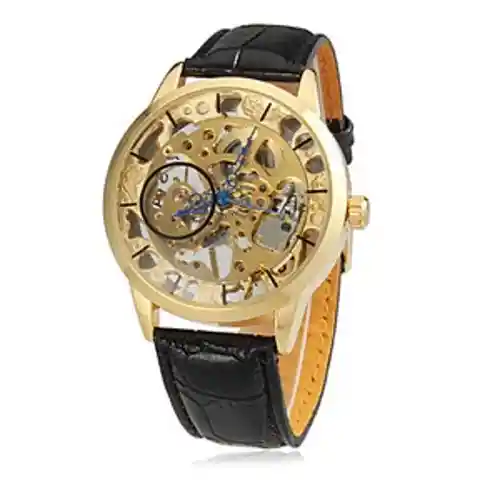Steampunk has several different interpretations and definitions but could be described as a subgenre of science fantasy and fiction; a fusion of modern technology sporting features inspired by Victorian and American Wild West-era steam-powered machinery. A key feature is that steampunk is rooted in those eras’ fashion, culture and architecture. It’s an imaginative movement of creativity with a distinctive look and feel that’s grown in popularity around the world over the last twenty years.
Steampunk also refers to any of the artistic styles, and fashions that have developed from the aesthetics of steampunk fiction, Victorian-era fiction, and films from the mid-20th century. Various modern objects have been modified by individuals into a mechanical steampunk style, and a number of visual and musical artists have been described as steampunk.
Although many works now considered essential to the steampunk genre were published prior to the genre even existing, the term was coined by science fiction author Kevin Jeter in the 1980s to distinguish his style of fiction from the ‘cyberpunks’ who were fixed on writing about the future.
Although the term was coined in the 1980s, it could be argued that the concept of steampunk has existed for over a hundred years, with fictional machines in the works of Jules Verne, Mary Shelley and HG Wells described before the genre had a name but what could now be termed the steampunk style. Contemporary authors like Philip Pullman and Stephen Hunt also utilise a steampunk aesthetic in the machines they describe in their work.
In recent years, steampunk has infiltrated popular culture: the worlds of music, video games, films, television and, of course, fashion. It takes the looks of the Victorian or Wild West era and combines it with other genres such as gothic or burlesque, including lace and leather adornments. As with many subcultures, steampunk has in recent years found its way into the mainstream. At first, clothes such as bodices’, jackets and other items were handmade and customized by individuals, but as the movement grew, companies became interested and started to mass-produce steampunk clothing. Now, high street clothes stores such as TopShop show steampunk influences in some of their collections. Jewellery and watches are also incorporating the influence in their designs, for example in this unique skeleton watch available from Lord Timepieces, pictured below.


Cogs and clockwork play a big part in steampunk technology. There’s something about clockwork that we find understandable. The simplicity and elegance of one cog turning another cog, powering our machinery, is pleasing to the eye and satisfying to observe. Checking the time on this watch you could easily lose yourself in the rotations and intricate movement of the cogs, driving the hands ad infinitum.
People who really enjoy the steampunk aesthetic have come together and grown their communities through forums and social meetups. Conventions and expos have been increasing in number over the past ten years, and there are now annual festivals such as The Steampunk World’s Fair which celebrate all aspects of the culture, including music, fashion, and all the associated paraphernalia.
Steampunk draws on the past and looks to the future. It has become more than an aesthetic, more than merely a way of dressing. A subculture that has found its way into the mainstream, it is here to stay.